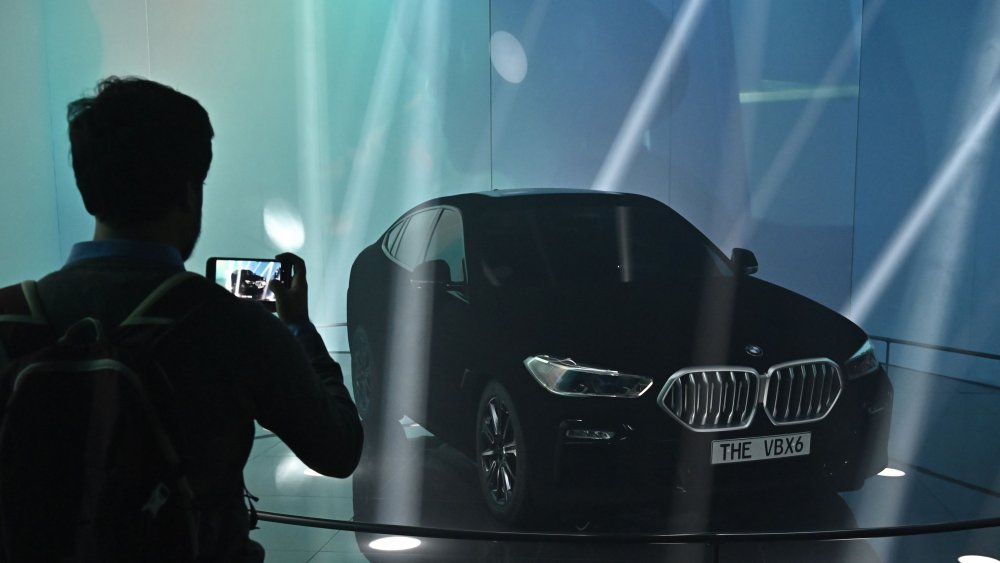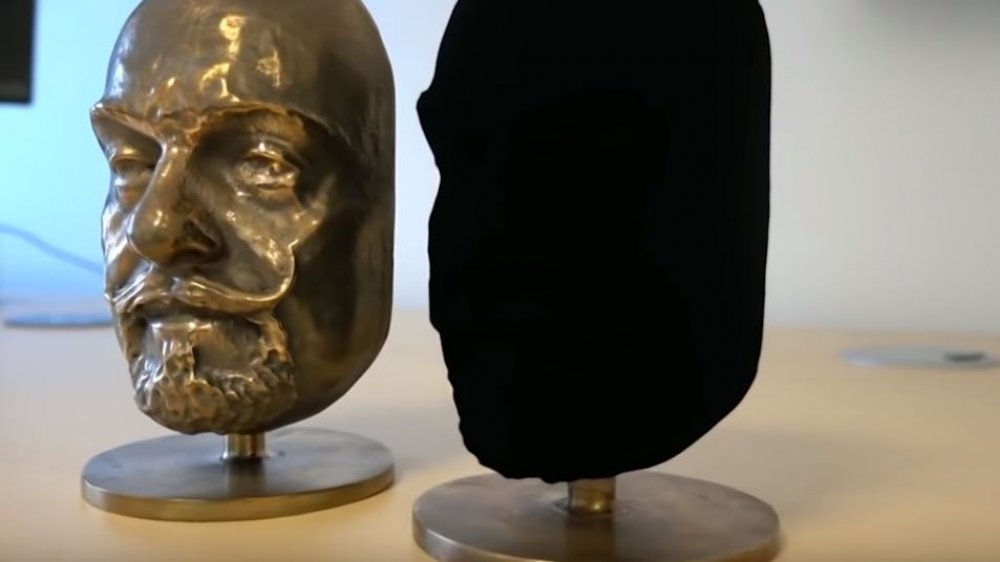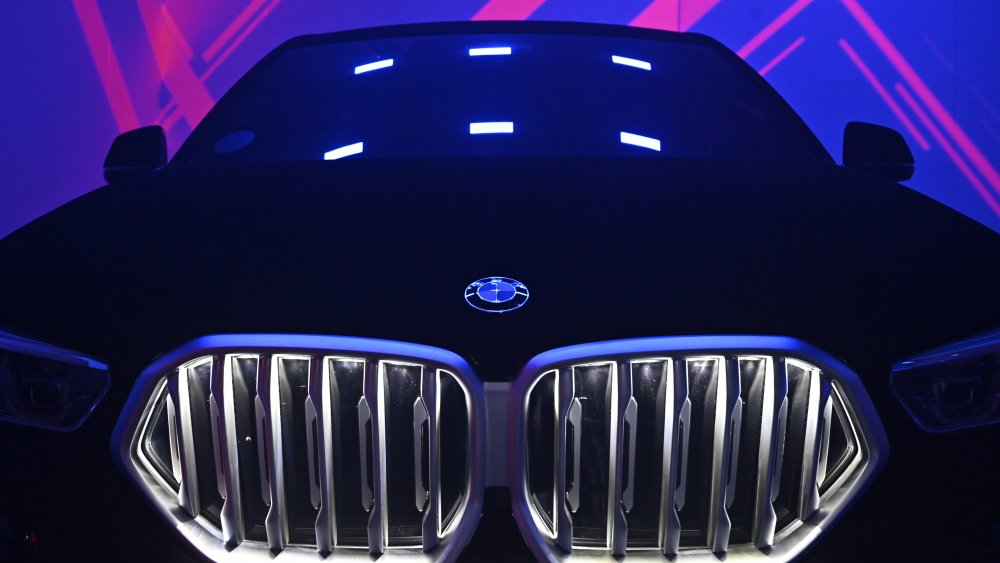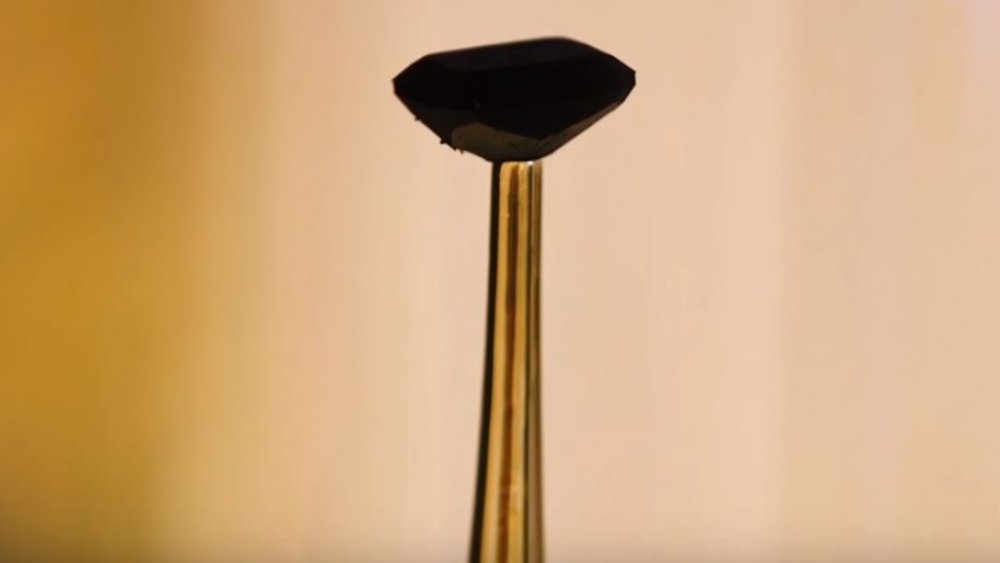Vantablack: The Truth About The Darkest Color On Earth
Black is the absence of light. It's your preferred cup of coffee. The emptiness inside your archenemy's soul. Black obsidian has been prized for centuries. The world's most expensive chicken, the Ayam Cemani, is also the world's blackest bird. Despite black's lofty reputation, though, most of the blacks you come across aren't, well, really black ... or, that is to say, they still reflect light, rendering them more like a dark gray. Lame.
On the other hand, there's Vantablack, an artificial material blacker than black could ever be, and one of the unsung greatest inventions of the past decade. Vantablack reflects so little light that if you wore a Vantablack dress, it would be like your arms and legs were sticking out of a Lovecraftian abyss. How is this possible?
The blackest of blacks, courtesy of science!
Vantablack isn't really a pigment, but a coating material created by Surrey Nanosystems in 2014. Composed of clustered carbon nanotubes, according to Live Science, it absorbs 99.96 percent of all visible, infrared, and ultraviolet light. The result? No matter how hard you squint, the human eye is simply incapable of perceiving a Vantablack-coated object's depth, wrinkles, or folds.
Vantablack was partially designed for the aerospace industry, and it's already floating in space as the coating for a microsatellite. That said, a material this trippy can't help but also inspire the world's artists, as explained by The Cut. Seriously, can you imagine walking in circles around a three-dimensional sculpture that's been sprayed with Vantablack? A trippy experience, for sure. This widespread fascination means that Vantablack art and products are now spreading everywhere, like a black hole gobbling up the planet.
Vantablack is about to take over, and the world isn't ready
Remember when Bruce Wayne took the future Batmobile on its first spin, and famously asked, "Does it come in black?" Well, he'd sure be jealous of BMW's new third-generation X6 SUV, according to The Verge, a vehicle entirely coated in Vantablack. When you see this thing come roaring down the I-405, it'll look like a black cardboard cutout has been pasted into real life.
That said, the new BMW vehicle is only the beginning, according to Fast Company. For instance, if you have $75k to dump on a wristwatch (as opposed to, you know, donating to a nice charity?) you can get the new H. Moser & Cie piece, which has a slick Vantablack face. Meanwhile, a company in California is testing out using Vantablack in movie theaters, to create a more immersive experience. However, it's worth noting that Vantablack isn't the darkest thing around anymore ...
Wait, but are even blacker blacks out there?
In 2019, Dezeen reported that the Massachusetts Institute of Technology had, using similar technology to Vantablack, created a material that was ten times darker. The MIT material, used to coat the diamond above, absorbs 99.995 percent of visible light. Jeez! How dark can dark go? Stay tuned, because the wars for total, overwhelming darkness have only begun.



